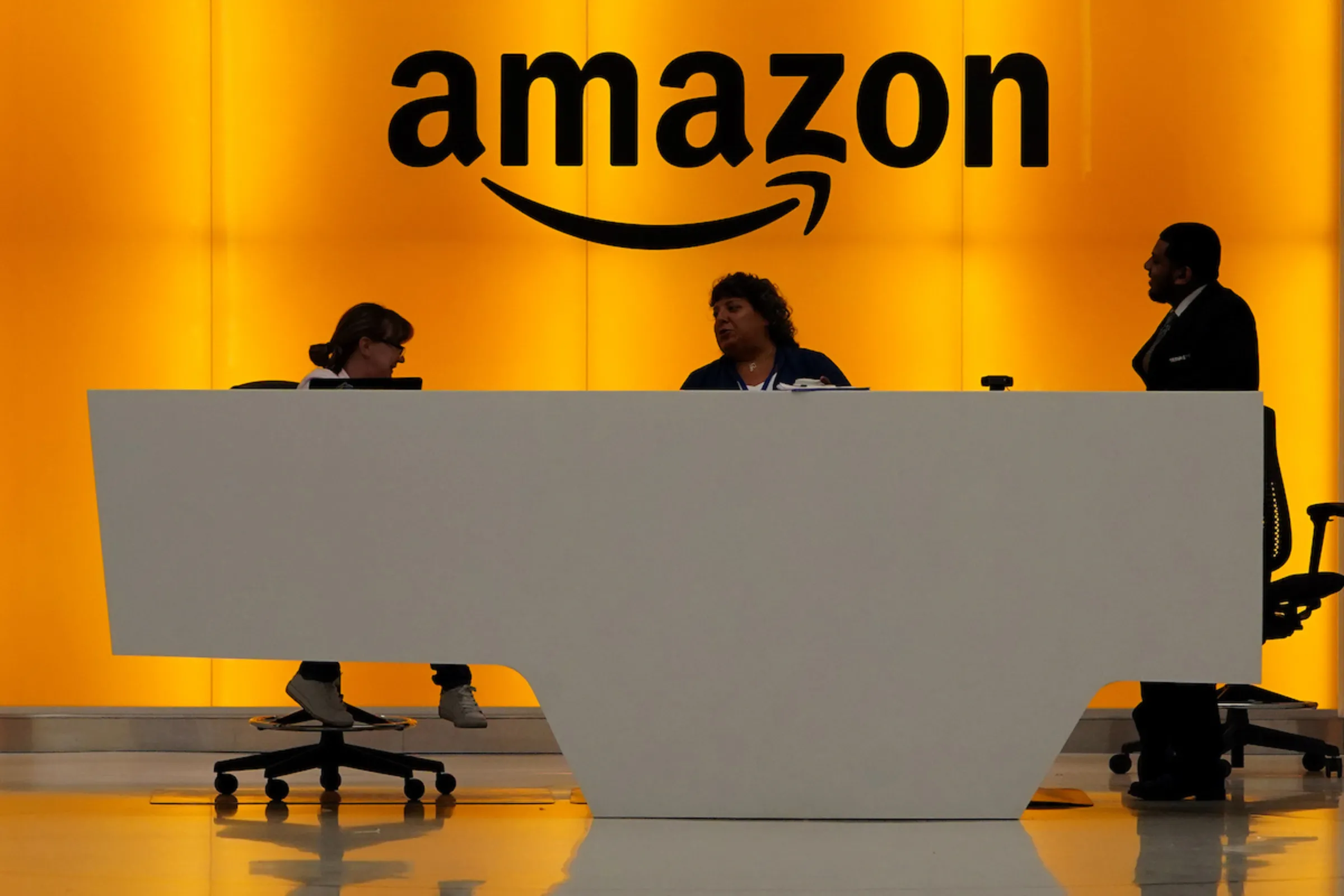U.S. Chamber sues over Trump's H-1B work visa fee

A person works on his computer in San Francisco, California May 25, 2012. REUTERS/Robert Galbraith
What’s the context?
Here's why the conservative-leaning U.S. Chamber of Commerce is suing the Trump administration over specialty work visas.
RICHMOND, Virginia - The U.S. Chamber of Commerce, one of the nation's top business advocacy groups, is suing the Trump administration over its plans to make big changes to specialty H-1B worker visas and to start levying steep new fees.
As the United States pursues its immigration crackdown, the president wants major overhauls to worker visas intended for specialty occupations, such as the technology industry.
Last month, the Trump administration proposed a new, $100,000 fee for visa applications and changes that would favour higher-paying jobs.
The focus on higher wages would make it harder for foreign workers with smaller salaries, such as teachers, to be eligible.
Here's what you need to know:
What does the lawsuit say?
The Chamber filed a lawsuit in federal court in Washington, D.C, on Oct. 16, arguing that imposing a fee by proclamation was beyond Trump's powers and would disrupt a visa system that was created by Congress.
"The new $100,000 visa fee will make it cost-prohibitive for U.S. employers, especially start-ups and small and midsize businesses, to utilise the H-1B program," Neil Bradley, the group's executive vice president and chief policy officer, said in a statement.
The statement also praised Trump's agenda on taxes, energy and border security, so the lawsuit - coming from what has been a largely supportive body - lends the action extra weight.
The H-1B fee had already been challenged by union groups and others in federal court in California.
What changes had Trump proposed?
Trump issued an executive order on Sept. 19 imposing a $100,000 fee on new H-1B applications, saying the current system had been "exploited" to replace U.S. workers with "lower-paid, lower-skilled labour."
The H-1B visa programme is reserved for people from other countries who are employed in specialty occupations in the United States, frequently in the tech field.
They can include software engineers, tech managers and other IT professionals.
Separately, the administration proposed formally overhauling the system to favour "higher skilled" and "higher paid" applicants, saying the move would better serve the "Congressional intent" for the H-1B system.
Immigrant rights groups had said the $100,000 fee would be a major barrier for younger applicants, notably students.
"This order … is effectively telling the world’s brightest graduates to take their skills elsewhere, undermining our universities, businesses and long-term competitiveness," said Todd Schulte, president of the advocacy group FWD.us.
What are H-1Bs and how do they differ from other U.S. work visa programmes?
Unlike visas designed for farm workers or seasonal labour, H-1B visa recipients typically have to hold at least a U.S. bachelor's or an equivalent foreign degree.
H-1B recipients can also extend their stay beyond the visa's six-year validity if they've filed a green-card application.
H-1B holders who are laid off must leave the country within 60 days unless they find a new job or change immigration status.
Who could be affected by policy changes?
People from India made up the vast majority of approved H-1B beneficiaries in 2023, followed by those from China.
This story was updated on Monday October 20, 2025 at 15:45 GMT to include the latest developments.
(Reporting by David Sherfinski; Editing by Lyndsay Griffiths and Ellen Wulfhorst.)
Context is powered by the Thomson Reuters Foundation Newsroom.
Our Standards: Thomson Reuters Trust Principles
Tags
- Migration


















